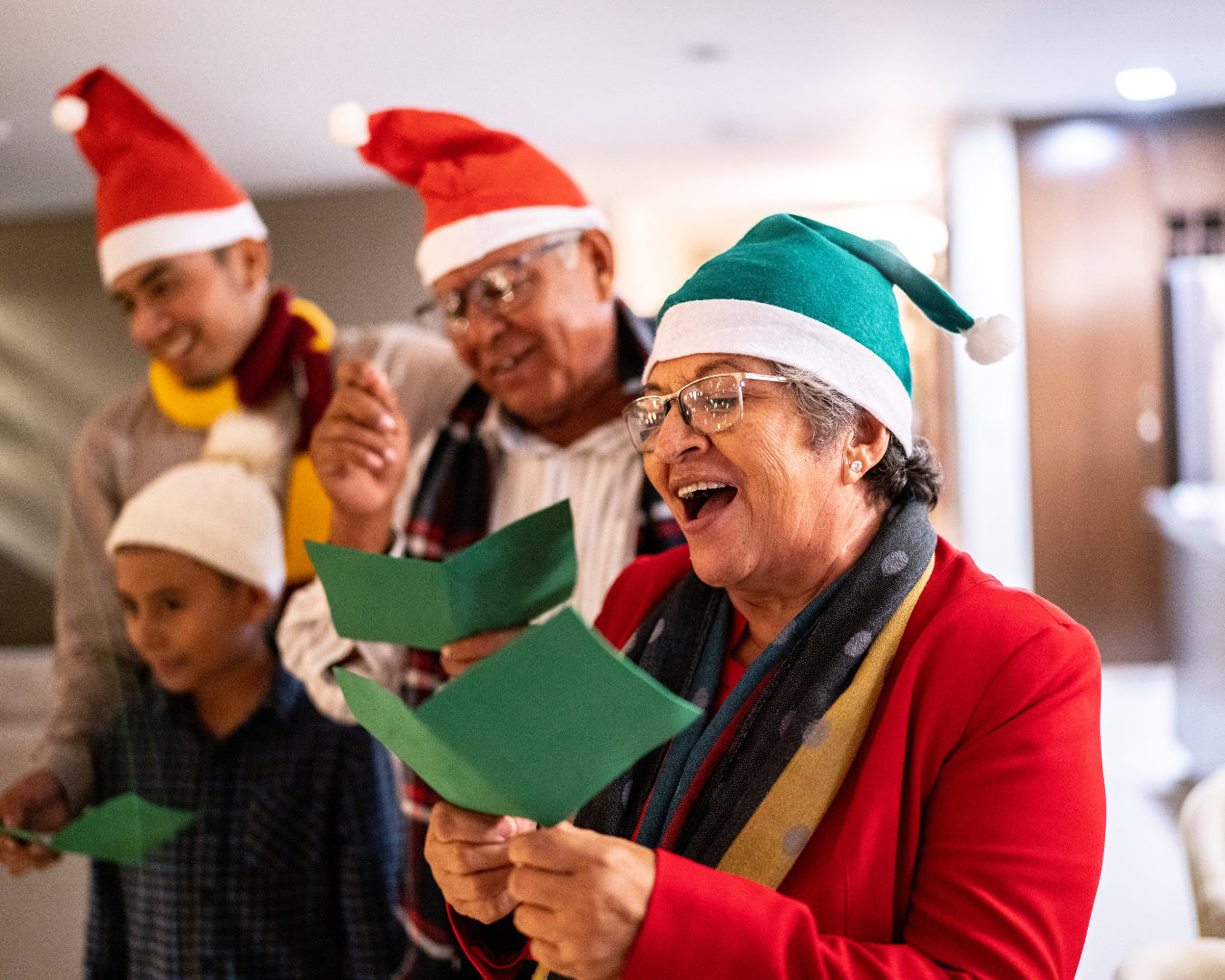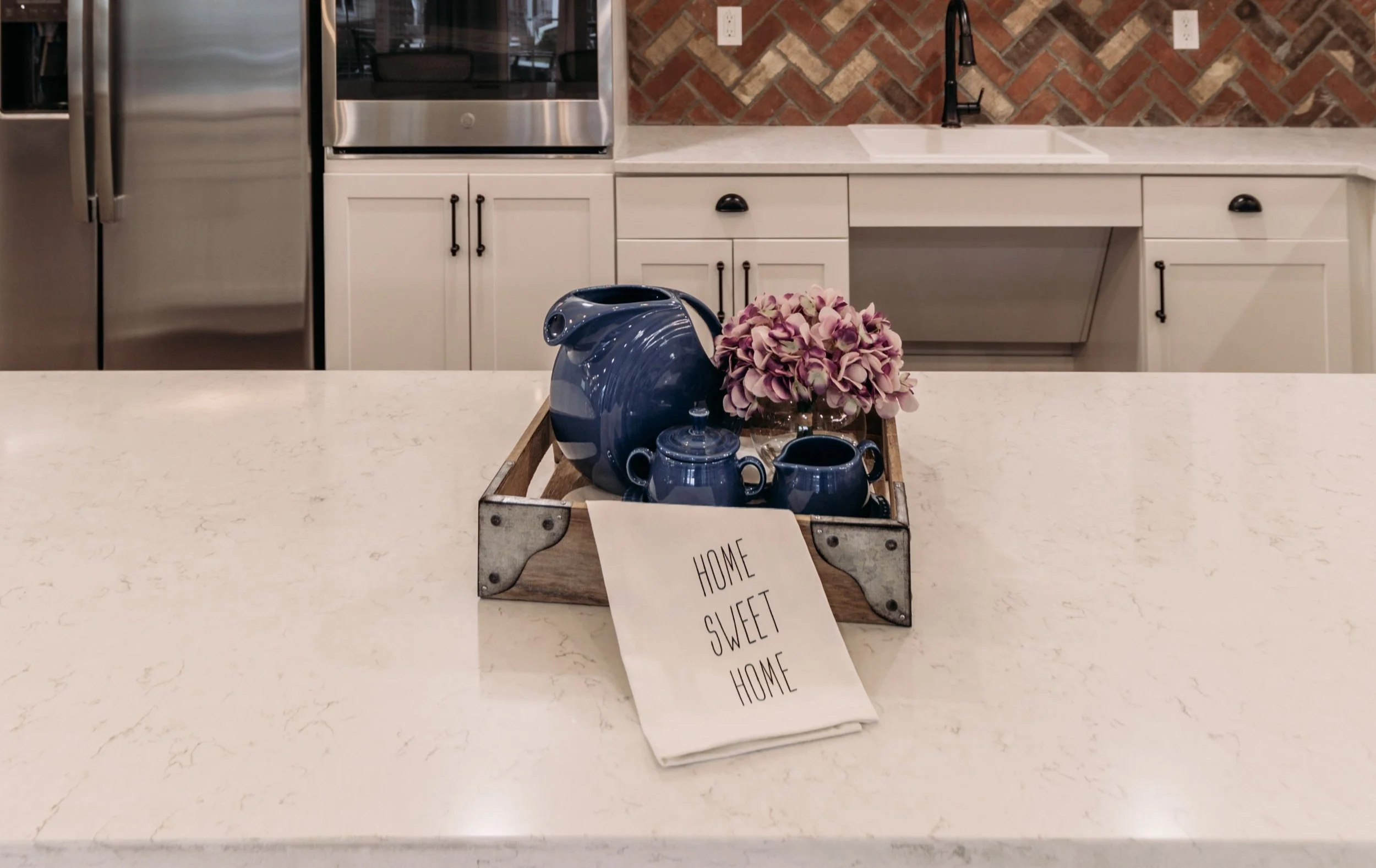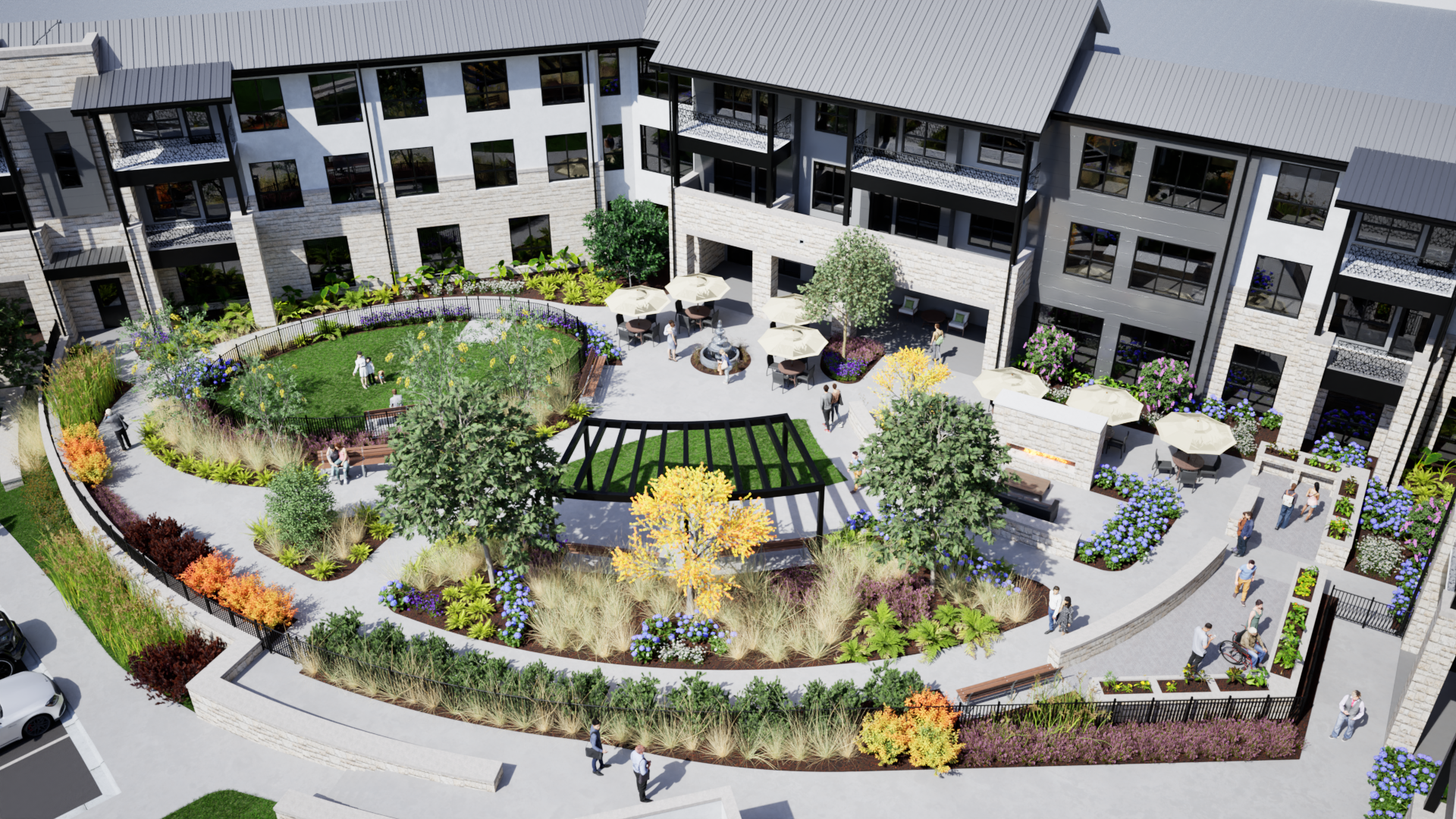From Pandemic to Paradise: How to Have the Perfect Safe and Sanitized Community in the ‘New Normal’
Even as society – including residents of senior living communities – gets back to some semblance of normal post-pandemic, a focus on cleanliness and sanitation will continue as a priority.
Seniors will want to ensure that every aspect of their community focuses on safety and disinfection. The WELL Building Standard™ version 2 (WELL v2™) is a vehicle for buildings and organizations to “deliver more thoughtful and intentional spaces that enhance human health and well-being. WELL v2 includes a research-based set of strategies to advance health and wellness through design interventions and operational protocols and policies.” We at Pi have long prioritized safety and wellness in our design, and we look forward to working with communities everywhere to ensure high standards that your current and prospective residents expect.
WELL v2 is founded on several principles, and these can be integrated into every senior living community, including equitability, evidence-based, robust technology, and a customer focus.
Here are 10 concepts in WELL v2 that we attend to in all of our designs:
Air. Ensuring safe, controlled air circulation in buildings is key. At the same time, residents shouldn’t feel claustrophobic. Indoor spaces that open onto patios, courtyards, balconies, and decks that enable access to fresh air and the outdoors will be in great demand moving forward.
Water. Hydration is so essential, and clean, pure water should be accessible throughout the building. However, this access must be safe and sanitary. Consider the use of touch-free faucets and water dispensers.
Nourishment. This comes from many sources in senior living. Dining options must be varied and include healthy, delicious options. Dining spaces must appeal to safety. This means walk -up windows, outdoor bistros and dining spaces, indoor cafes that enable comfort and physical distancing, and more. Nourishment also comes from the environment, and biophilic design, providing a seamless connection with nature and outdoor spaces.
Light. Natural light is essential to feelings of well-being, so tall, wide windows that bring in outdoor light are key to successful senior living communities. However, when natural light isn’t possible, consider innovations such as circadian lighting to keep spaces bright yet comfortable. To increase safety and prevent the spread of germs, touch-free lighting, especially in common areas, is valuable.
Movement. Community design should enable residents and visitors to move about comfortably and easily. Popular amenities should be conveniently located, and the flow of traffic should be considered in design as well. Think about ways to reduce physical contact and proximity in high-traffic areas.
Thermal comfort. Indoor spaces should be well-insulated, and residents should be able to control the heating and cooling in their homes. In common areas, consider the value/utility of fireplaces, fans, double doors, and other amenities to help control temperatures.
Sound. Large common rooms with high ceilings are visually appealing, but make sure acoustics allow for quiet conversation and prevent loud noises from reverberating and causing disruptions. Padded flooring, acoustic ceiling tiles, and other efforts can help.
Materials. Building materials native to the community’s region – such as local wood or stone – can be visually appealing as well as familiar and comfortable for residents. Consider surfaces that are easy to clean and disinfect. Furnishings should be made from sturdy fabrics to withstand strong disinfectants and regular cleaning.
Mind. A sense of purpose is essential to senior living residents. Communities should be designed to enable people to work, volunteer, create, teach, learn, and engage. This means everything from cutting-edge office spaces, business centers, and media rooms to state-of-the-art woodshops or artist studios and community vegetable gardens or orchards.
“A sense of purpose is essential to senior living residents.”
Community. Moving post-pandemic, it will be essential to offer residents opportunities to socialize safely. This may involve more covered outdoor spaces that can be used year-round (with fans, heaters, lighting, etc.), visitation rooms and dining halls with spaced seating, and touch-free doors, faucets, dispensers, and lights.
Read more about WELL health-safety rated buildings here. We look forward to helping you design, renovate, or repurpose your community to meet the high standards of WELL v2, while ensuring spaces that are comfortable, beautiful, practical, and in great demand by seniors in post-pandemic world.
Contact us here or call us at 512-231-1910.




















